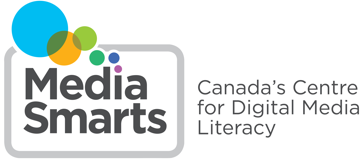Marketing and Consumerism - Special Issues for Tweens and Teens
One of the most important recent developments in advertising to kids has been the defining of a "tween" market (ages 8 to 12).

One of the most important recent developments in advertising to kids has been the defining of a "tween" market (ages 8 to 12).

New York's Gramercy Park is a curious institution: two acres of fenced-in greenspace that is accessible only to those who own the houses surrounding the park. (Non-residents must either stay at the Gramercy Park Hotel or join the Players Club or National Arts Club if they want to visit, and each of these institutions has a limited number of park keys.) Private parks like it are the exception, of course, not the rule: since the days of Frederick Law Olmsted, who campaigned for and designed city parks across North America (Central Park, in New York, and Montreal's Mount Royal Park among them) we have come to expect most of our recreational spaces to be public. Cities and neighbourhoods are routinely rated on both the quantity and quality of their parks, and any suggestion that these services should be cut back always receives violent reactions from taxpayers; playgrounds, too, are public by default.

Three well-known companies – Xerox, Starbucks, and the Gap – have recently made changes to their most public face, their logos. Each change has met with varying degrees of success, giving media educators an opportunity to look at just what makes a successful logo work.

Schools are supposed to be public spaces, but more and more advertisers are using them to target youth. Corporations know just how much time kids spend at school, whether in class, in after-school activities or just hanging out with their friends, and they don’t want to pass up a chance to reach them there. A school setting delivers a captive youth audience and implies the endorsement of teachers and the education system.

The hottest media story in the past week has been the instantly infamous New Yorker cover portraying Barack Obama and his wife Michelle as terrorists. Though the Obama campaign has been measured in its response, media outlets – and particularly bloggers – have been vocal in their disapproval. Some have suggested that the cover crosses the line from satire into hate speech, while others accuse TheNew Yorker of giving ‘aid and comfort to the enemy' by visually depicting the smears and misconceptions that have been aimed at the candidate.
